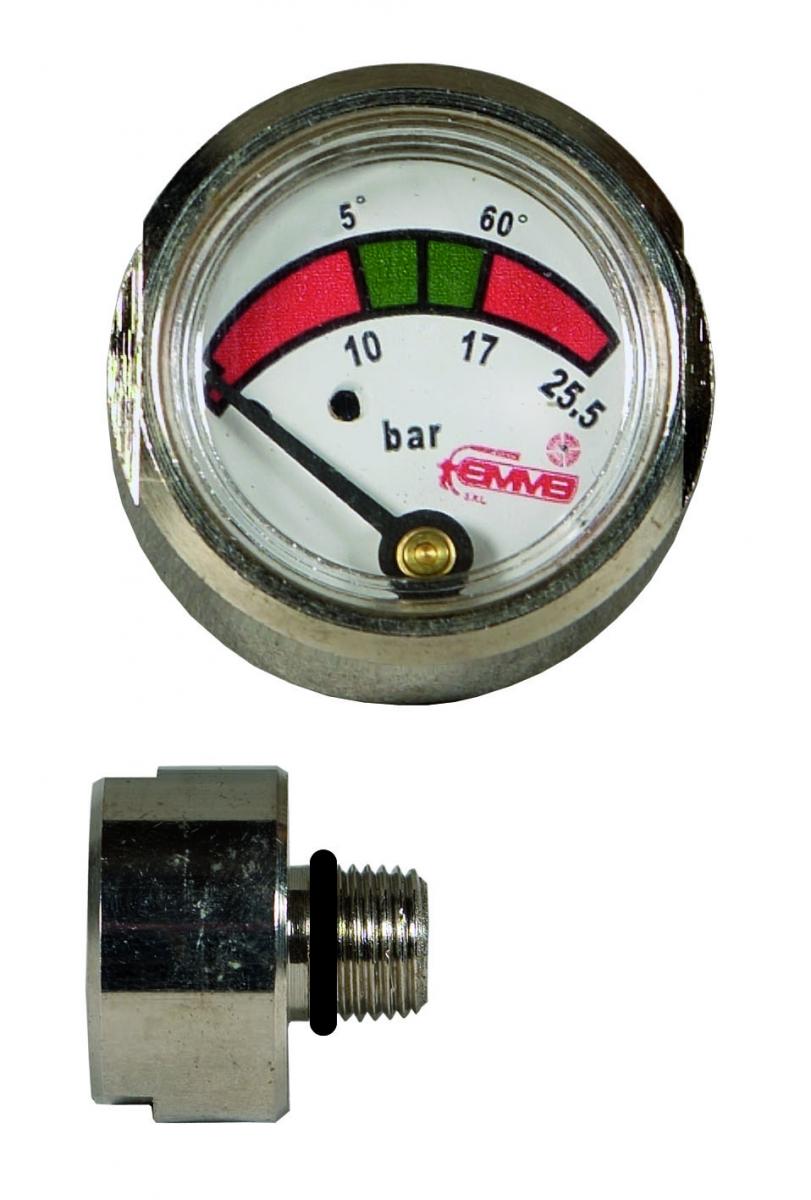Access to Documents
Access to Documents
TECHNICAL MANUAL- Request authorization for consultation if you are a reseller or fire maintenance technician. If you are already registered and need to be enabled, contact us.
Contact us for other technical and commercial requests:



